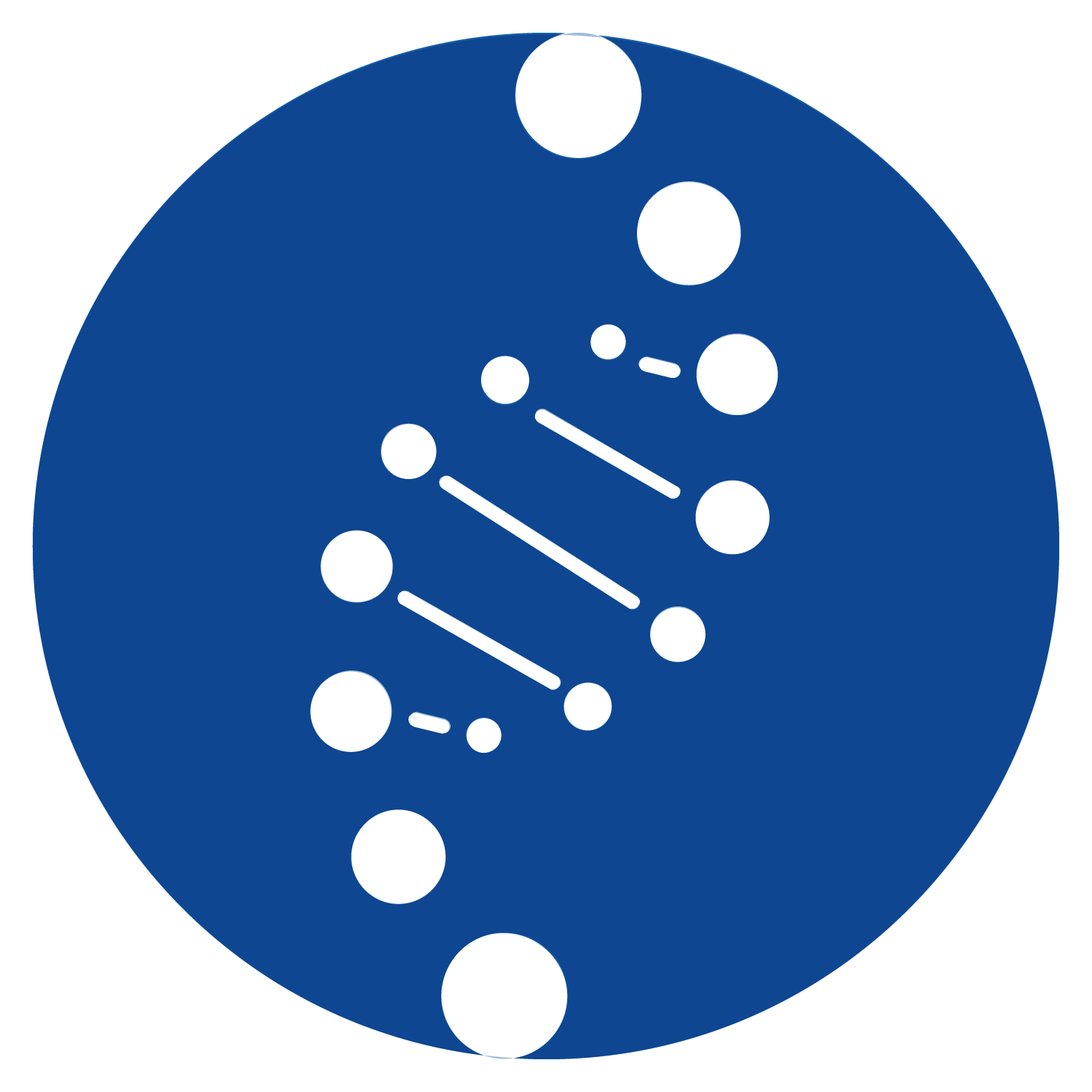
EMO BON: European Marine Omics Biodiversity Observation Network
Observing the Ocean

Ocean observation is in the spotlight of research, policy and society with biology being an integral part of it. Yet, the capacity for biological observation is not as standardised or developed as in other ocean scientific disciplines.
EMBRC decided to fill this gap by creating Europe’s first long-term, coordinated genomics observatory network, EMO BON (European Marine Omics Biodiversity Observation Network) in 2021. Using DNA-based techniques allows EMO BON to capture a plethora of biodiversity data, allowing to study community composition and health, temporal trends, and response to environmental change.
Part of the UN Ocean Decade’s OBON programme, …
Ocean observation is in the spotlight of research, policy and society with biology being an integral part of it. Yet, the capacity for biological observation is not as standardised or developed as in other ocean scientific disciplines.
EMBRC decided to fill this gap by creating Europe’s first long-term, coordinated genomics observatory network, EMO BON (European Marine Omics Biodiversity Observation Network) in 2021. Using DNA-based techniques allows EMO BON to capture a plethora of biodiversity data, allowing to study community composition and health, temporal trends, and response to environmental change.
Part of the UN Ocean Decade’s OBON programme, EMO BON actively collaborates on biological observation capacity-building to help understand the complex dynamics of global marine biodiversity, including its response to stressors such as climate change and pollution.
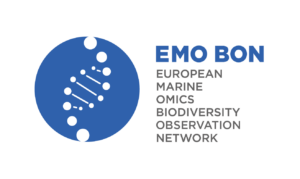
EMO BON brings together decades of marine biodiversity knowledge and experience under one coordinated network of observatories. This network is made up of long-established and newly developed marine observation stations in Europe. These stations regularly collect marine genomic data to fill gaps in ocean observation and better understand biodiversity.
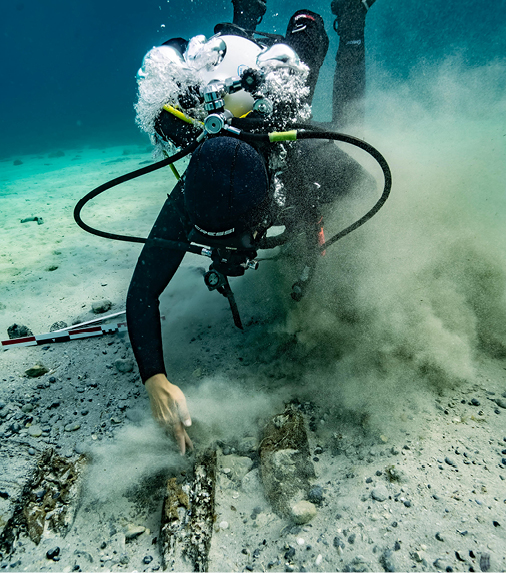
EMO BON’s Marine Sites
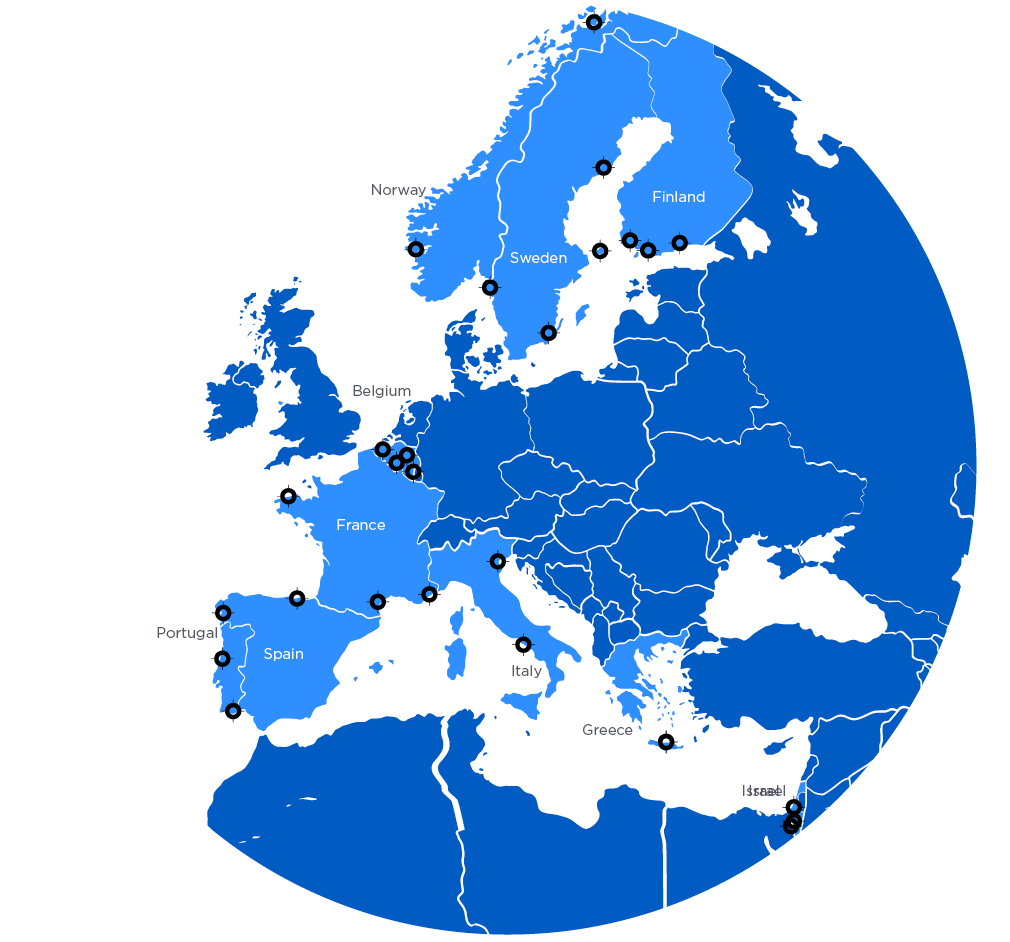
The operational stations receive central support for long-term biological observation, that would be beyond the scope of individual stations. Through EMO BON, experts across Europe share knowledge, streamline research, and improve methods, while continuing to push the frontiers of marine science. This collaboration also helps the stations to connect and work with researchers worldwide, pooling available data to answer pressing research questions more efficiently.
In 2024, EMO BON is made up of 22 observatories at coastal marine stations across 10 participating countries in Europe
Supporting Ocean Health and Sustainability through Comprehensive Omics Data
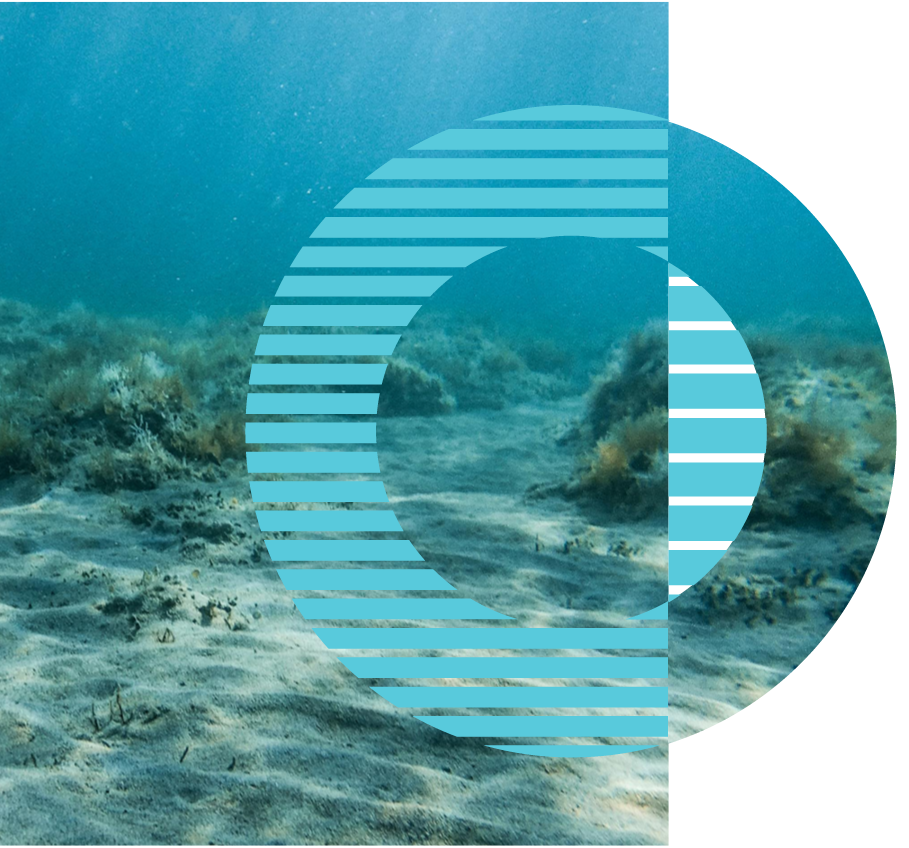
The implementation of green policies and frameworks, including the European Green Deal, the European Biodiversity Strategy and the United Nations Decade of Ocean Science for Sustainable Development aims to restore ocean health and mitigate climate change. To support these policies and get holistic information on biodiversity composition, long-term consistent and high-quality marine data, derived through the application of omics approaches, are required.
EMO BON plays a central role in generating this continuous data. Its extensive datasets can offer insights into how marine life responds to human activities. They can also inform ecosystems and biodiversity health management and economic strategies …
The implementation of green policies and frameworks, including the European Green Deal, the European Biodiversity Strategy and the United Nations Decade of Ocean Science for Sustainable Development aims to restore ocean health and mitigate climate change. To support these policies and get holistic information on biodiversity composition, long-term consistent and high-quality marine data, derived through the application of omics approaches, are required.
EMO BON plays a central role in generating this continuous data. Its extensive datasets can offer insights into how marine life responds to human activities. They can also inform ecosystems and biodiversity health management and economic strategies and ensure the sustainable use of marine resources.
EMO BON’s Data and Standard Operating Procedures


